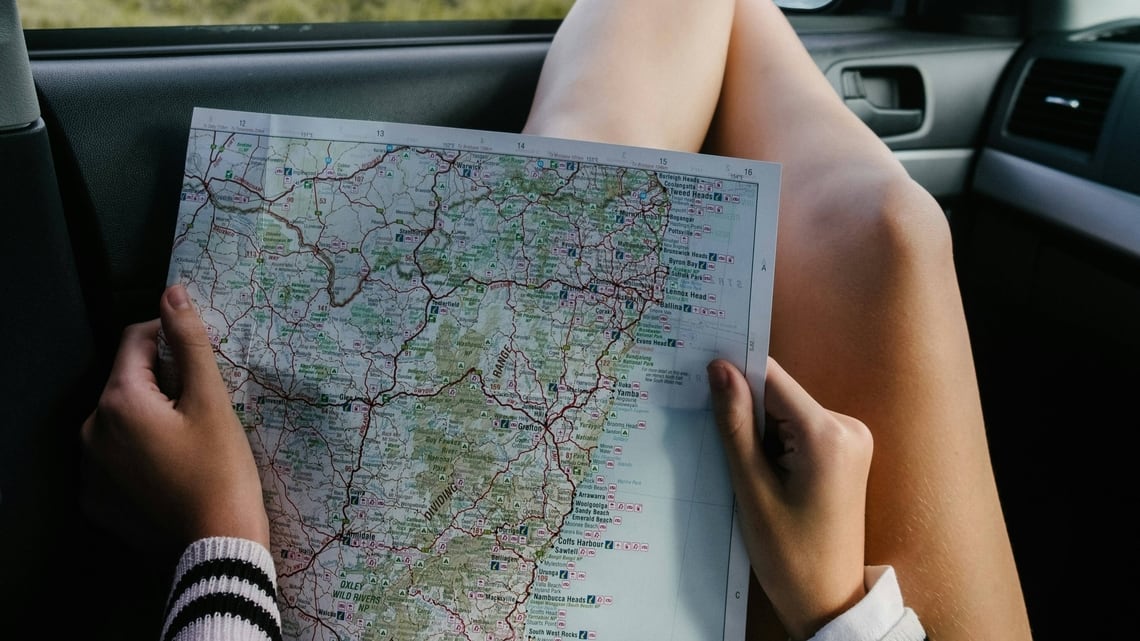Unpacking wellness with slow travelling
4 min read
Lounge goes exploring the trend of slow travelling that nudges the traveller to stop and smell the roses
Travelling for wellness has been seeing an uptick since the pandemic. There is rising awareness, and acceptance even, that there’s more to leading a fulfilling life than merely chasing goals. Wellness Tourism Association, US, defines wellness travel as that which allows the traveller ‘to maintain, enhance or kick-start a healthy lifestyle, and support or increase one’s sense of well-being’. Unlike traditional thinking that encouraged taking one long holiday at the end of the year, wellness travel underlines the idea that rest and relaxation are integral to our well-being and should be treated as such.
Also read: How living on greener streets could help you sleep better
Citing Global Wellness Institute’s data, digital travel platform, Roadbook, states that the world’s wellness tourism market is projected to reach $1 trillion in 2024. This year, along with sustainable travelling, a trend that’s predicted to be in vogue in wellness tourism, is slow travelling. It’s a concept that encourages a traveller to spend time getting to know one place rather than rush around checking off many places, mindlessly. In millennial speak, it is a mindset that embraces JOMO (the joy of missing out).
A surge in searches for terms like “staycation hotel” and “slow life” on platforms like Pinterest serves as a testament to the growing popularity of slow travel. How does one plan one? Hyderabad-based lifestyle coach Priya Rajiv Mohan shares a few ideas.
“Choose culturally rich and beautiful destinations, stay in eco-friendly accommodations, use slower transportation like trains or buses, and immerse yourself in local communities through markets and festivals,” says Mohan. She also advocates for a less-packed itinerary. “Explore fewer places as it helps you delve deeper and foster a more meaningful connection with each location,” she says.
Delhi-based entrepreneur, Kushal Jain, recently went on a staycation to Nainital, Uttarakhand without much of a plan. A portmanteau of ‘stay’ and ‘vacation’, a staycation is a great way to practice slow travel. The idea being to unwind in the comfort of familiar surroundings — think a resort, a five star hotel or a luxury bed and breakfast in your own city or the suburbs —for a long weekend. Besides being affordable and easy to plan with minimal stress, a well-planned staycation gives you the opportunity to reset from the daily grind.
“During my staycation, the absence of a rigid itinerary allowed for unexpected discoveries. Whether stumbling upon charming alleyways or hidden cafes, these unplanned encounters became the essence of a truly laid-back and enjoyable journey,” says Jain.
An unhurried break
Slow travelling also entails pursuing activities that align with relaxation and personal growth such as spa treatments, wellness workshops or nature walks. Aware of their popularity, holiday retreats and vacation homes are curating immersive experiences that their guests can enjoy at a leisurely pace. Dharana at Shillim Pune, for instance, offers a range of physical and mental wellness programmes for their guests. “Along with well-thought out yoga programmes, our wellness offerings include guided meditations, nature walks, health workshops, cooking classes and clay therapy,” says Srikant Peri, general manager, Dharana at Shillim. The idea is to encourage individuals to step away from external distractions and reconnect with their inner selves, Peri explains.
Parul Kaushik, an engineer from Mumbai, recently tried her hands at pottery, which was being offered as a creative activity to guests at Igatpuri Hills Retreat, Nasik. “Moulding clay was therapeutic. Feeling the earthy texture of clay between my fingers was a welcome contrast from the habit of constantly holding my phone. It was a reminder of the simple and grounding joys we often overlook in our touchscreen-dominant lives,” Kaushik says.
Another facet of the slow travel movement is a rising interest in meditation retreats. With mental health becoming a priority, travellers are increasingly planning holidays to reconnect with themselves in a tranquil environment. Wellness retreats and resorts are adapting to this trend by providing guests with spaces specially designed to foster mindfulness. Ekaanta, a boutique experiential luxury wellness retreat in Haridwar, Uttarakhand has hexagonal pods inspired by the beehive concept — the pods allow guests to unwind and meditate in a sound-proof, energy-efficient setting. That is not all.
With sleep health becoming a rising concern, hotels, resorts and retreats are investing in creating optimal environments for rest and rejuvenation. So, from comfortable mattresses to blackout curtains and a range of sleep-enhancing amenities, slow travel enthusiasts can now get away to catch on some much-needed zzzs. At Dharana at Shillim, interested guests can get a polysomnography test done that offers a detailed insight into their sleeping habits.
Overall, the shift towards tranquility, mindfulness and recharging reflects a collective desire to prioritize mental and emotional well-being in the realm of travel. As hotels, resorts and retreats adapt to cater to these evolving preferences, the slow travel movement is poised to redefine the way we experience and cherish our journeys.
Tanisha Saxena is a Delhi-based independent journalist. She writes stories that are on the intersection of art, culture and lifestyle.
Also read: 5 strategies to manage stress at work and home


